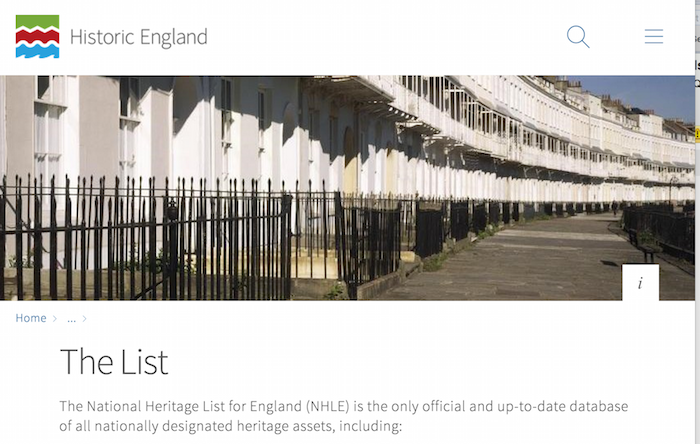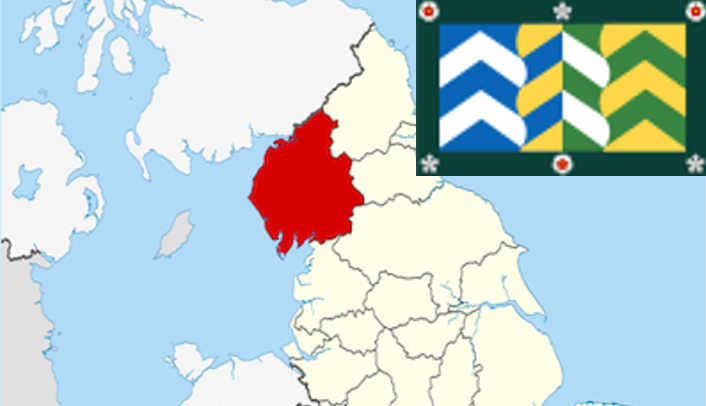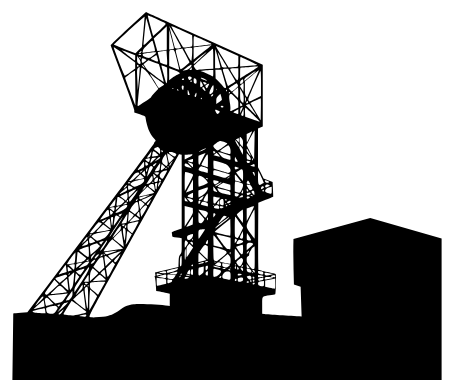Topics > Civil Parishes in Cumbria > Coniston Civil Parish > Greenburn Copper Mines (disused)
Greenburn Copper Mines (disused)
 The remains of Greenburn Copper Mines are in a remote location, roughly halfway along the valley of Greenburn Beck, in the Langdales in Cumbria - roughly 3 miles north-west of Coniston. There was mining here from at least the 17th century. The mid-19th century saw the most intensive period of production and expansion of the mines, including an Engine Shaft, the Long Crag Level, and the construction of Greenburn Reservoir. Mining activity had reduced by the early 20th century and had completely ceased by 1940. The remains of the mines cover a wide geographical area and are a Scheduled Monument.
The remains of Greenburn Copper Mines are in a remote location, roughly halfway along the valley of Greenburn Beck, in the Langdales in Cumbria - roughly 3 miles north-west of Coniston. There was mining here from at least the 17th century. The mid-19th century saw the most intensive period of production and expansion of the mines, including an Engine Shaft, the Long Crag Level, and the construction of Greenburn Reservoir. Mining activity had reduced by the early 20th century and had completely ceased by 1940. The remains of the mines cover a wide geographical area and are a Scheduled Monument.The [Scheduled] monument includes the upstanding and buried remains of Greenburn copper mines and its associated ore processing works. It consists of the remains of all mining operations including levels or adits, shafts, trials and spoil heaps; the remains of all ore dressing areas, ore processing buildings and all other associated buildings; the water management system, and numerous trackways and the remains of a tramway. These features are located over a large area with the main ore processing area and some of the levels, shafts and trials lying close to Greenburn Beck mid-way along the Greenburn Valley, whilst high on the northern slopes of Wetherlam are the Pave York Levels, the Long Crag Level and the Upper Workings on Long Crag Vein.
The earliest date when mining began at Greenburn is unknown, however, documentary sources indicate that a reasonably intense and prolonged period of mining had been in existence by 1690. In the late 18th and early 19th century leases were offered by the landowner for prospecting and mining but there is no record of what work was done during that period. By 1848 at the latest the Engine Shaft and Long Crag Level were in operation and until the early 1860s the mines underwent their most intensive period of production and expansion. After this the mines were less intensively worked by a succession of companies until about 1885. In 1906 the Greenburn and Tilberthwaite Syndicate took on the lease, mining the Pave York Vein and constructing an inclined tramway from the Middle Level down which to transport the ore for crushing. Operations appear to have been run down or terminated after only two or three years, but in 1912 the Langdale Silver, Lead and Copper Company took on the lease and mined for the following five years. In the mid-1920s the Greenburn and Tilberthwaite Mining Company was formed but little mining is recorded and in 1940 the company was dissolved....
Extract from Scheduling, Historic England (List no. 1020925)

from https://historicengland.org.u…
Greenburn copper mines and associated ore processing works
- ....Despite the ruinous condition of the buildings, Greenburn copper mines remain a relatively well-preserved extensive and impressive mining landscape containing the remains of a wide range of upstanding and buried …
Added by
Simon Cotterill

Co-Curate Page
Greenburn Reservoir
- Overview Map Greenburn Reservoir (aka Greenburn Tarn) on Greenburn Beck, is located in Little Langdale in Cumbria. It is a man-made reservoir, unlike other tarns in the area, which were …


from https://historicengland.org.u…
Greenburn copper mines and associated ore processing works
- ....Despite the ruinous condition of the buildings, Greenburn copper mines remain a relatively well-preserved extensive and impressive mining landscape containing the remains of a wide range of upstanding and buried …
Added by
Simon Cotterill
















